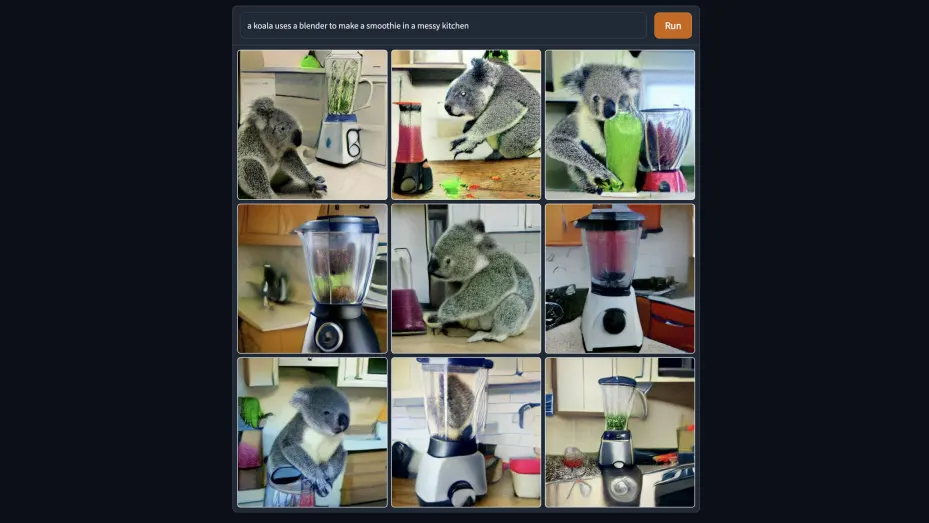Community, Leadership, Experimentation, Diversity, & Education
Pittsburgh Arts, Regional Theatre, New Work, Producing, Copyright, Labor Unions,
New Products, Coping Skills, J-O-Bs...
Theatre industry news, University & School of Drama Announcements, plus occasional course support for
Carnegie Mellon School of Drama Faculty, Staff, Students, and Alumni.
CMU School of Drama
Wednesday, August 31, 2022
A.I. software called DALL-E turns your words into pictures
www.cnbc.com: In scrolling through your social media feeds of late, there’s a good chance you’ve noticed illustrations accompanied by captions. They’re popular now.
The pictures you’re seeing are likely made possible by a text-to-image program called DALL-E. Before posting the illustrations, people are inserting words, which are then being converted into images through artificial intelligence models.
Subscribe to:
Post Comments (Atom)

2 comments:
DALLE-E software results were probably one of the funniest I have seen from AI image generators. This program absolutely blew up online for its hilarious combinations submitted by users around the world. When it first rose to popularity, I actually followed a Twitter page called @weirddalle just to see a compilation of the pictures all in one place. Some of my favorites so far have been: “Lofi Chernobyl Disaster to Study and to Relax,” “Fisher Price Guillotine,” “Grimace Capitol Riot,” and “Roomba in the Mariana Trench.” I think the big appeal with artificial intelligence that can generate anything is the surrealist take it has on real life objects. Especially with the Grimace image you can tell that the AI is just ever so slightly off when showing the old McDonalds mascot. The images are never quite perfect in the DALLE-E mini versions and that alone makes it more enjoyable - the fact that these computers cannot perfectly depict humanity but they get pretty damn close.
I think Dall-E and AI image generation is cool (and in many cases funny) - to some extent. AI being able to create images from a text prompt is such an incredible scientific advancement, and although right now the images generated aren’t perfect, I’m sure there will be leaps and bounds in accuracy as time progresses. I’ve studied Machine Learning a bit and one of the key components of building a successful model is having a varied and accurate training set, so that the model can learn because a machine can only learn what you give it (at least initially). How this technology is monitored and restricted is going to be important in the future because we’re approaching deep fake and image generation technology levels that might begin to be difficult to tell apart from actual photos and videos - have you seen the Tom Cruise deep fake videos? (kind of terrifying). This technology could be used for so much good, but like most things, it could also be used for bad purposes - and I’m interested to see what it is used for in the future.
Post a Comment